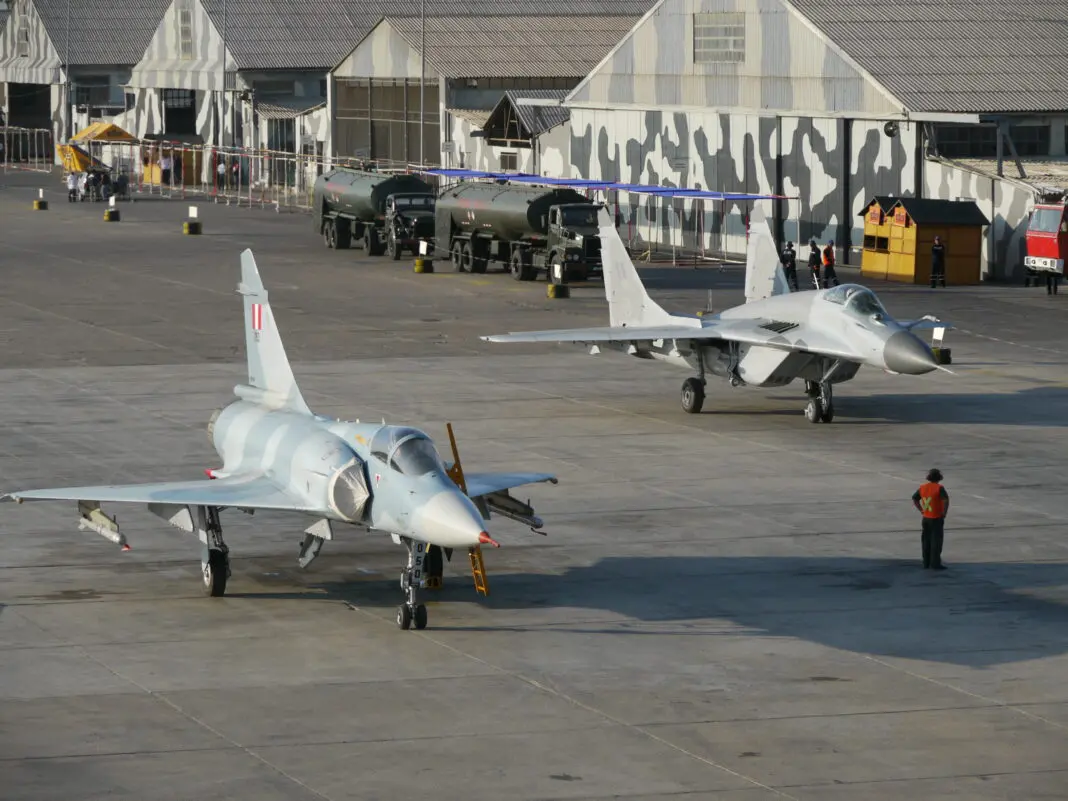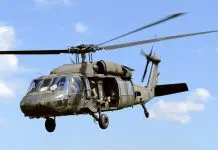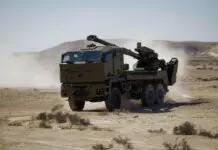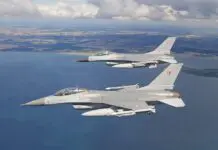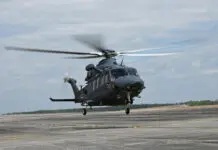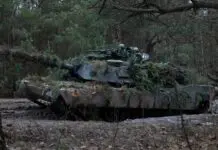The recent accident involving the Dassault Mirage 2000P fighter-bomber of the Peruvian Air Force (FAP) during a training mission has once again highlighted the urgent need to technologically modernize the combat air arm of this South American country. While investigations into the unfortunate incident will yield results in the coming weeks, it is clear that the time has come to make the decision to replace this venerable French-origin weapon system, which has served the nation for almost 40 years.
With no losses during all this time until this unfortunate accident on Thursday, April 11, which speaks highly of the professional capabilities of both the crews and maintenance personnel, the M-2000 has had exceptional and recognized performance, actively participating in the Alto Cenepa conflict of 1995. And, as is precisely remembered these days, it was also the protagonist of such unthinkable events as a historic display in the skies of Santiago, Chile, during the FIDAE 1994, the most important South American aeronautical fair.
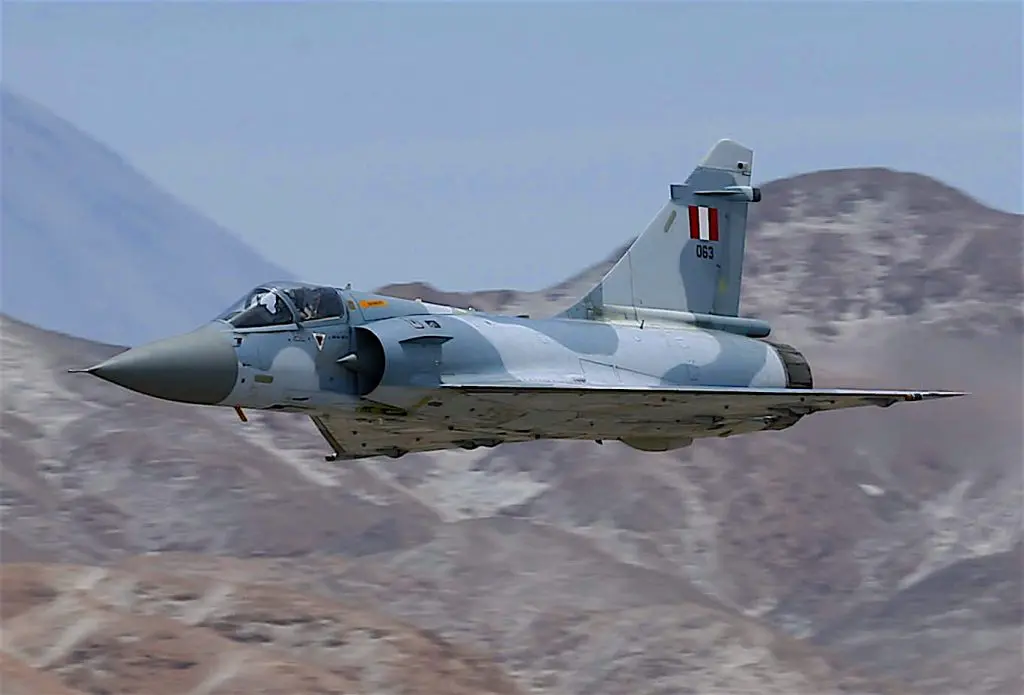
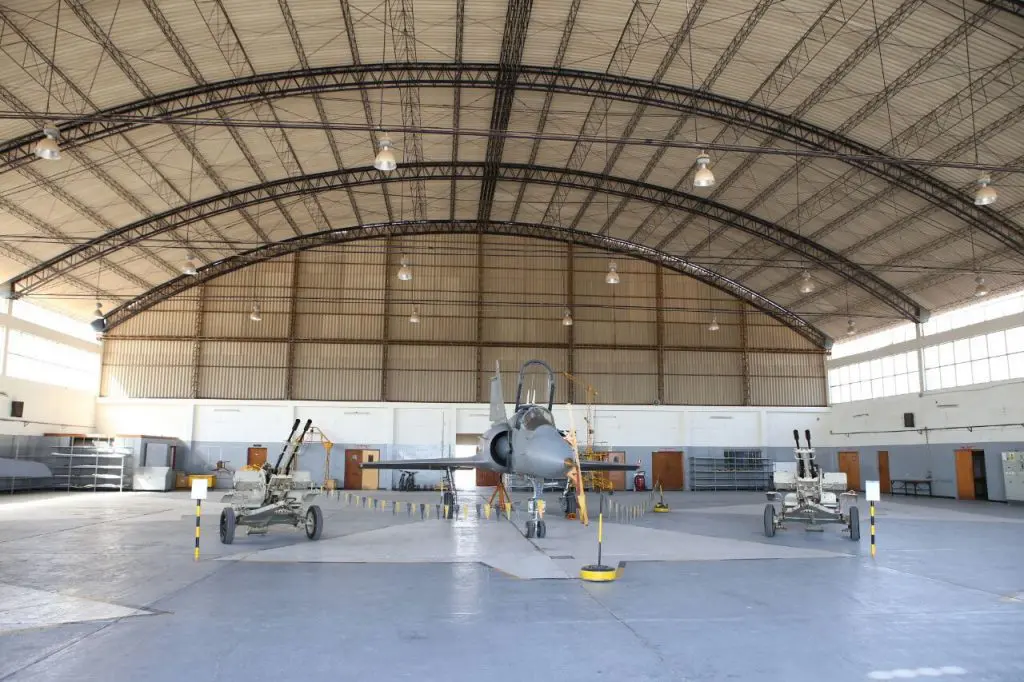
Similarly, it has been present in successive exercises with the United States Air Force and the naval aviation of that country, where it conducted dissimilar air training called ‘Falcon – Condor‘, and more recently ‘Resolute Sentinel’ with the participation of several South American countries.
Unfortunately, those times of high operability began to decline in recent years, with austerity decisions made by the governments in power, to the point that the comprehensive modernization process promised gave way to a more modest recovery of capabilities, with a few innovations here and there.
Today, with the RSK MiG-29 SMP resting in their hangars in the north awaiting their uncertain fate, the only Peruvian fighter vectors are, in reality, this handful of Mirage, of which now only 11 units remain out of the 12 received starting from 1985.
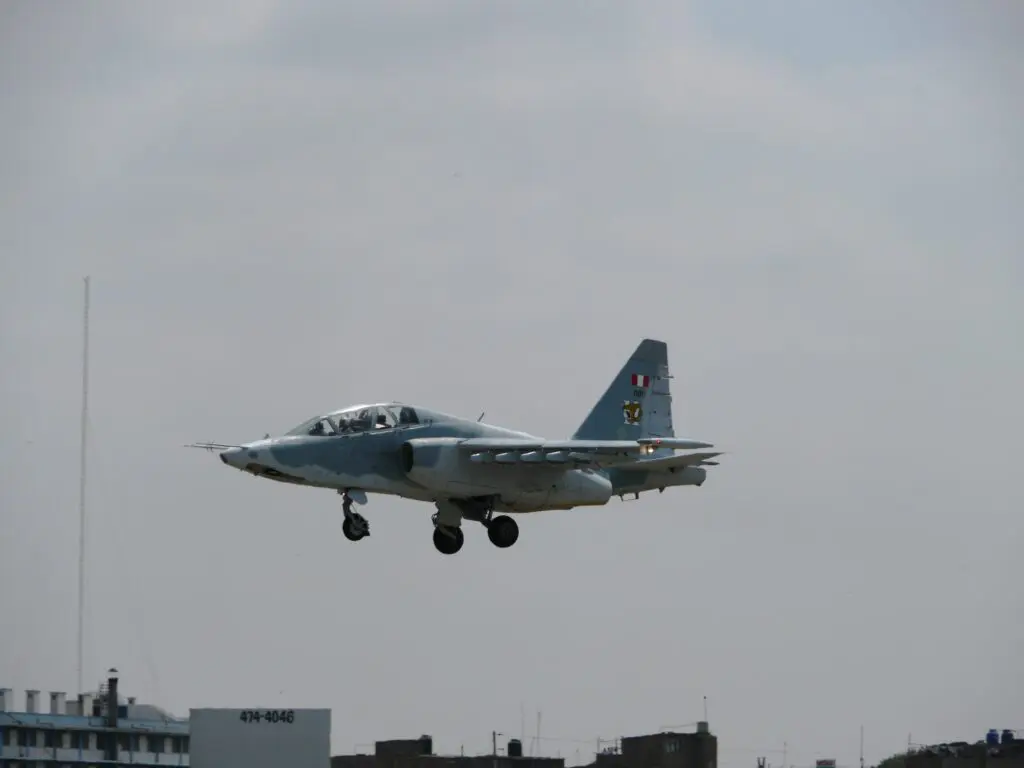
The current panorama describes a Peruvian Air Force (FAP) diminished in its combat capabilities, considering the progressive deactivation of various systems, including the Sukhoi Su-22 Fitter, Aermacchi MB-326, Embraer EMB-312 Tucano T-27, and the Cessna A-37B Dragonfly.
It’s true that thanks to the efforts of SEMAN Perú, the operational life of a dozen Su-25 aircraft is maintained, stemming from the recovery and modernization project led by the Maintenance Service (SEMAN Perú SAC), with the cooperation of the manufacturer, JSC Sukhoi Company.
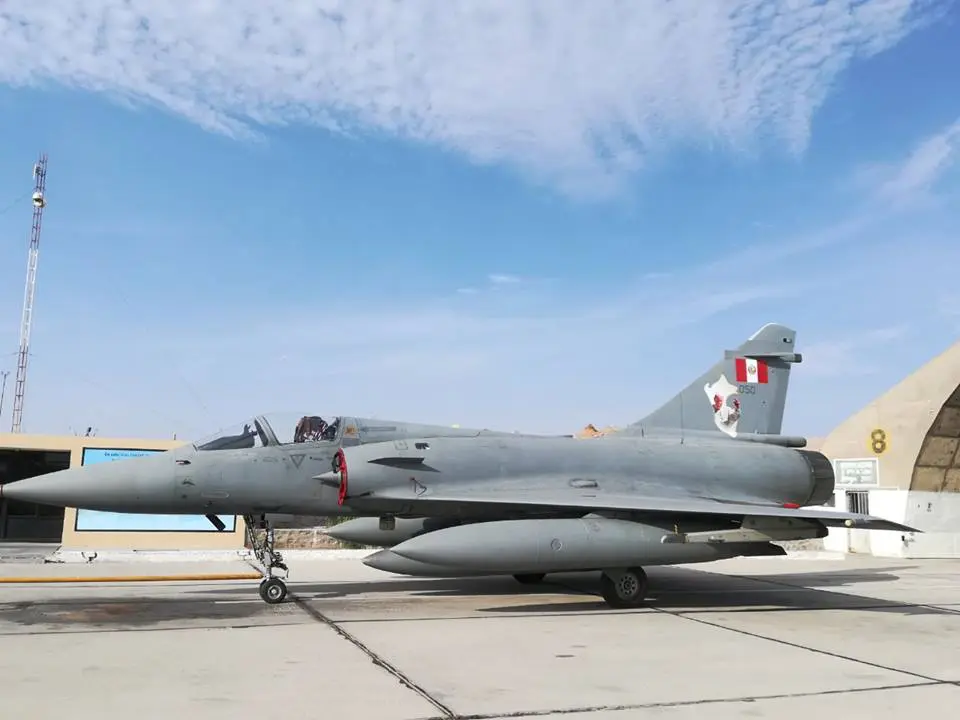

However, with the Fulcrums unable to fly, only a few M-2000s still available, and a handful of Su-25s in the process of being reintegrated into active service, the panorama of air defense is, at the very least, concerning. The high command of the FAP faces the enormous challenge of convincing the central government to release the necessary budgets to finance the recovery of what, at various points in history, was one of the most powerful Latin American air forces.
*Photographs used for illustrative purposes.
You may also like: The new challenges faced by the Peruvian Armed Forces’ fleet of Russian-origin helicopters


